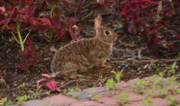
Another type of barrier is a floating row cover. Though most often used to promote early growth by keeping plants warmer than normal, it can also help protect young plants from insects and wildlife.
Other ways to control rabbits including repellents, trapping and shooting. Repellents are often suggested for control but often do not last long and require frequent reapplication. Also, many are poisonous and cannot be used on plants or plant parts destined for human consumption. Live traps can be used to collect and move the rabbits to a rural area several miles from where they were trapped. A number of baits can be used to entice the rabbit to enter the trap including a tightly rolled cabbage leaf held together with a toothpick. However, rabbits often avoid baits if other attractive food is available.
Another possibility is to use a motion-activated sprinkler. These are attached to a garden hose and release a short burst of water when motion is detected. Contech, Orbit and Havahart are suppliers and each is advertised as protecting up to at least 1,000 square feet. Shooting is another possibility when it is safe and legal to do so. (Ward Upham)
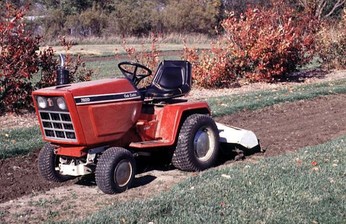
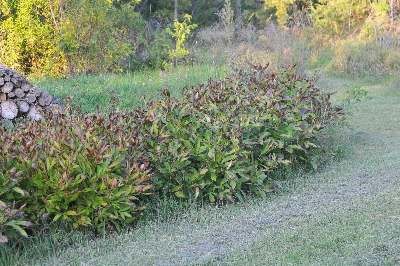
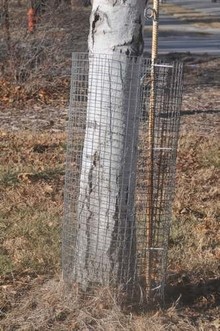

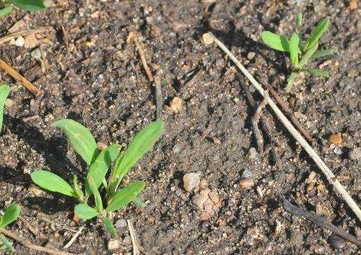
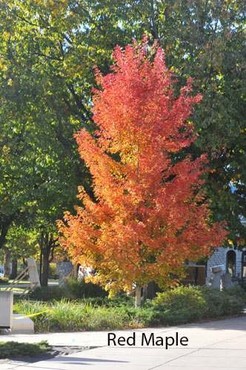
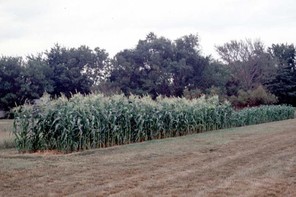
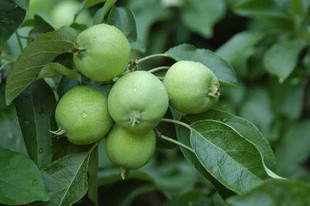
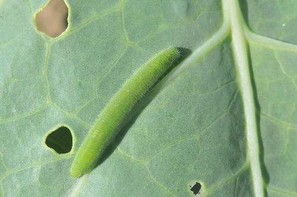
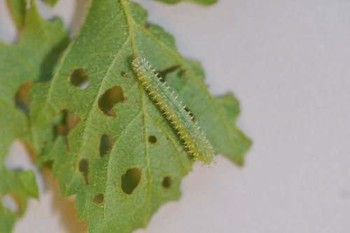
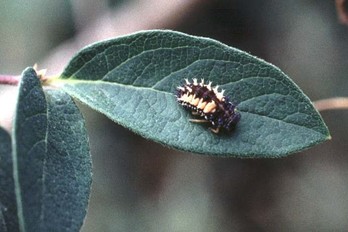
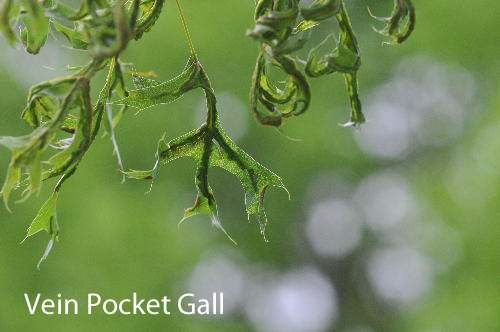
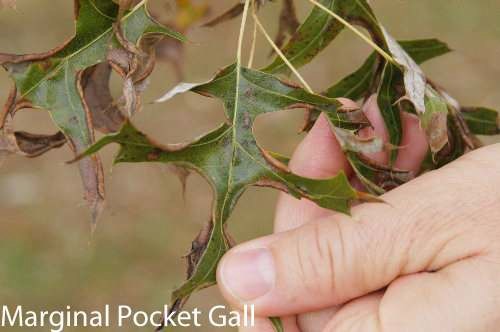
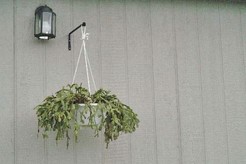
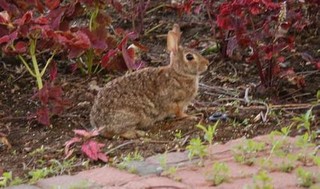



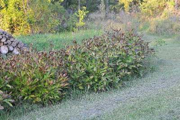
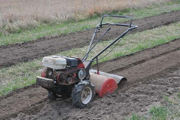
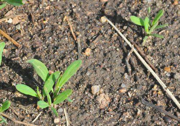
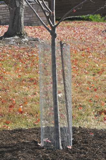
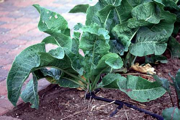
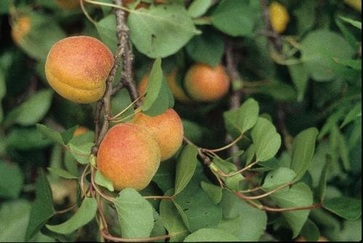
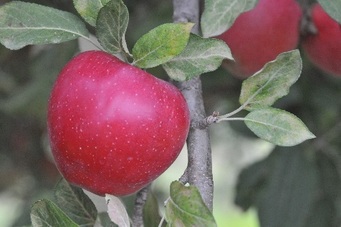
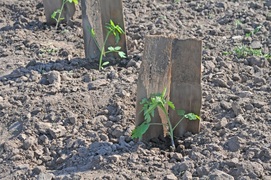

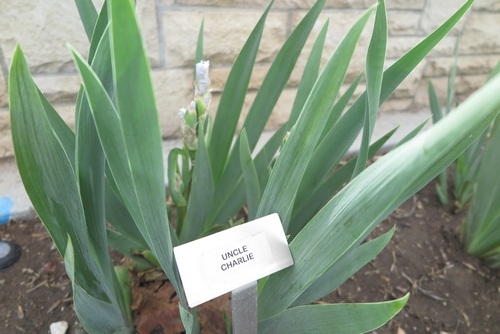
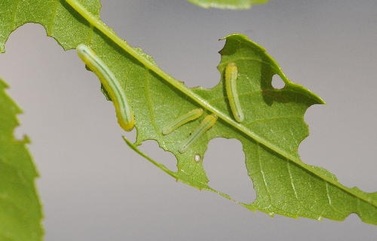
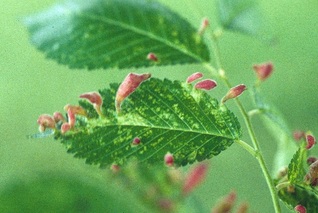
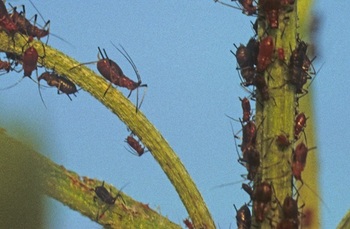
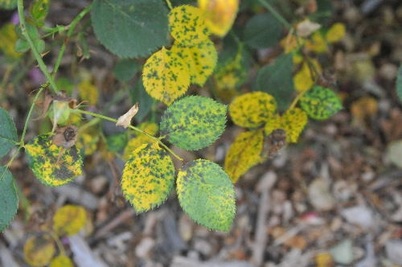
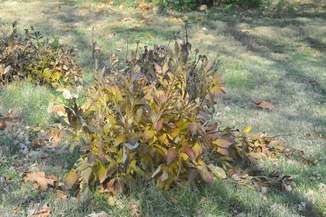
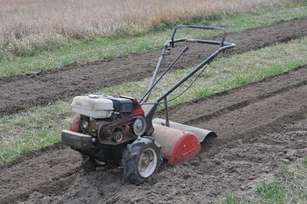
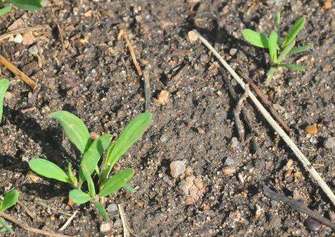
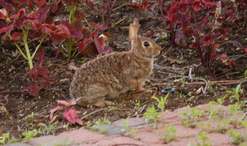
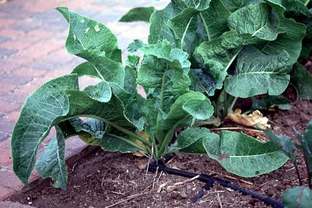
 RSS Feed
RSS Feed
